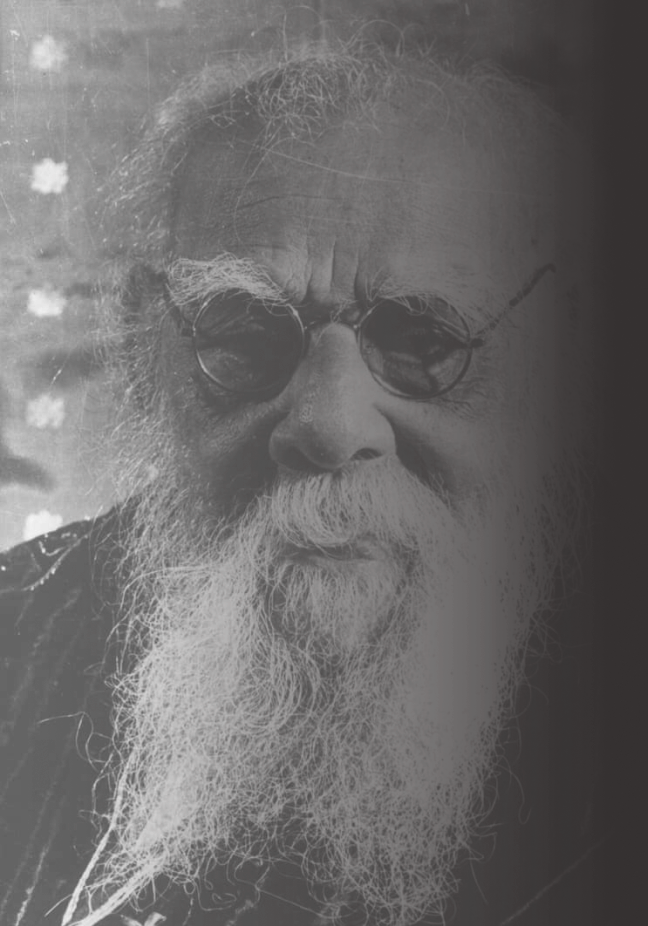



Activists attempt to walk on Vaikom Temple Roads. Travancore Police arrest protestors, including KP Kesava Menon, Tk Madhavan, EV Ramaswami ( Periyar ) & K Kelappan
The Movement temporarily halted on Gandhiji;s advice
N. Kumaran, who belonged to Ilava Community, had forwarded the resolution to fight for free movement rights for all castes
The Movement temporarily halted on Gandhiji;s advice
Memorandum submitted to the travancore Regent Maharani sethu Lakshmi Bai With approximately 25000 signatures for allowing entry to the temple for everyone
An advocate T.K. Madhavan, had to reach the court one day in connection with the hearing of a case. The court was a part of the palace. There were decorations around the palace for the celebration of the birthday of the king of Travancore. A large canopy was constructed for this purpose, enveloping the court premises. Certain rituals were going on for the event. Advocate Madhavan belonged to the Ilava community which was one of the scheduled castes. Hence he was denied access to the court through that passage. The leaders of the Ilava community decided to find out a solution for the problem and began a satyagraha.
T.K.Madhavan, Kerala Congress Committee President K.P. Kesava Menon and social activist George Joseph led the struggle. Within ten days of the agitation all the three leaders were arrested. The struggle could not continue as there was no one to lead it. K.P. Kesava Menon and barrister George Joseph sent a telegram to Thanthai Periyar requesting him to come to Vaikom and lead the struggle on their behalf.
Periyar continuously received such communications. Thanthai Periyar was then the President of the Tamil Nadu Congress Committee. He wrote a letter to Rajagopalachari asking him to head the committee tentatively during his absence and left for Kerala, by the regular pestering of those eminent leaders in Vaikom During a public speech in Trivandrum Periyar said- “Vaikom struggle is not a protest against the government. It is neither a religious battle nor a communal warfare. It is an activity for the cause of common good and public welfare. The objective of this struggle is establishing absolute equality in society.” Thus Periyar explained the basic need of the struggle created an awareness in all the people at the venue.


At last the government had to stoop before the people. The rebellions and voices of public protest succeeded. It was declared that people of all the castes and creed can freely use all the streets and roads for their routine life activities, except one approach road to the Mahadeva temple. Though the permission was granted only for three out of four roads around the temple, all the leaders felt solace that untouchability could be curbed at least to some extent. The satyagrahis too accepted the slight relief.
The secretary of the satyagraha Ashram was Kelappan. He organised a victory celebration on 29.11.1925 in Vaikom. Among the other states in the country, Periyar was the only invitee. The responsibility of organising the event was bestowed on Periyar. Periyar's wife Nagammaiar too participated in the celebration, besides Mannath Padmanabha Pillai and advocate T.K. Madhavan.
Addressing the crowd at the victory celebration, Periyar said that the objective of the struggle was not merely to make all the people walk freely on all the roads and streets but to annihilate the disparity between one man and the other in public life. Our mission does not end with walking freely on roads and streets. The freedom granted for this should also extend as freedom to people of all castes to enter the temple. It is the duty of mankind to achieve that ultimate right at any cost, for the sake of all our people.
This objective of Periyar; this noble aim of his- was achieved and succeeded after 12 years. The Princely state of Travancore opened the doors of all the temples for people of all castes and communities. The promulgation of historical significance was in 1936. By this 'Temple Entry Rights' promulgation, equality was at last established all over Kerala.